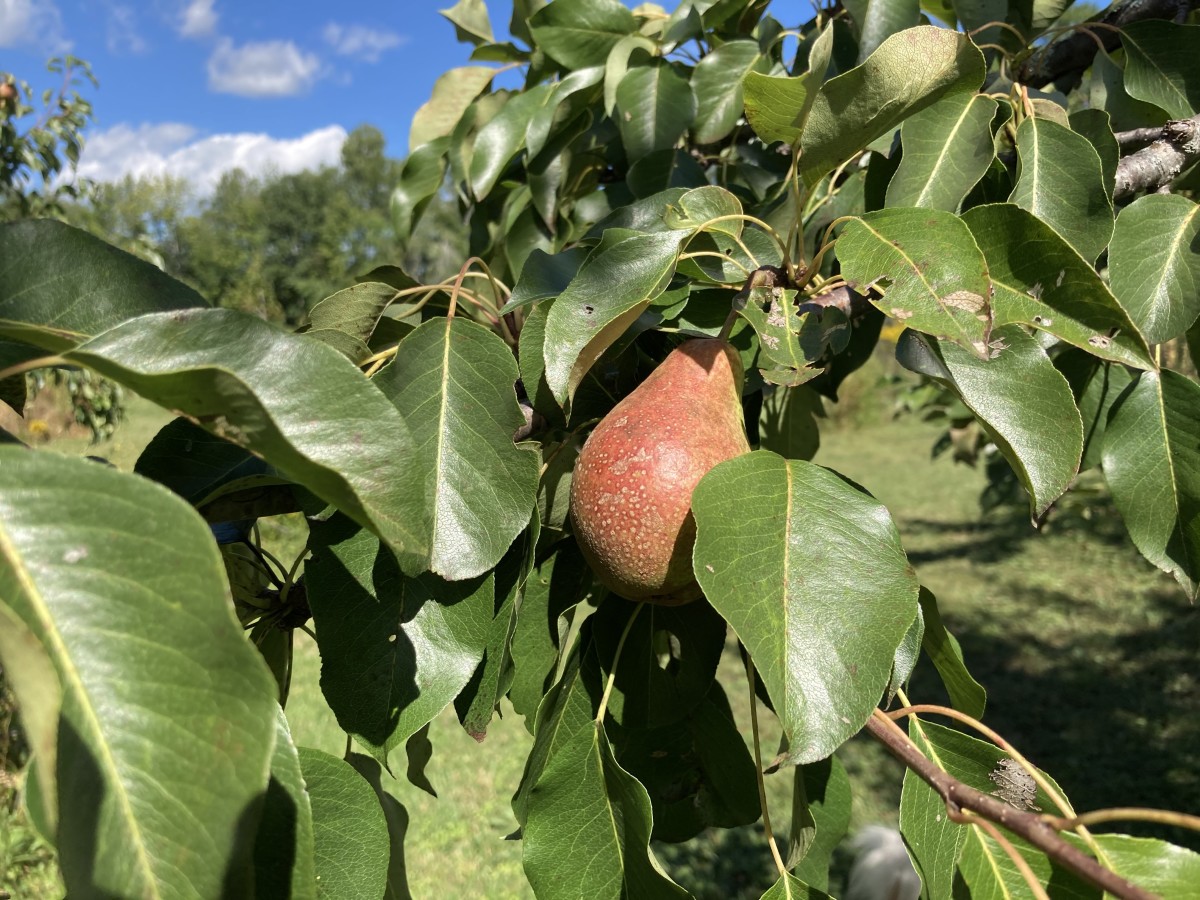Buttery juicy flesh with some grain and grit. Medium oblong-pyriform fruit with smooth pale yellow skin that is often blemish free. Vigorous, productive and upright trees are hardy and long-lived. Found in many commercial orchards and home collections in New York.
Also called Louise and was known as Louise Bonne de Jersey in England after arriving through the Channel Islands. Brought to the U.S. in the early 19th c. Z4. Maine Grown. BACK! (2½–6' bare-root trees)
Items from our perennial plants warehouse ordered on or before March 7 will ship around March 31 through late April, starting with warmer areas and finishing in colder areas. Orders placed after March 7 will ship around late April through early-to-mid May, in the order in which they were received.




